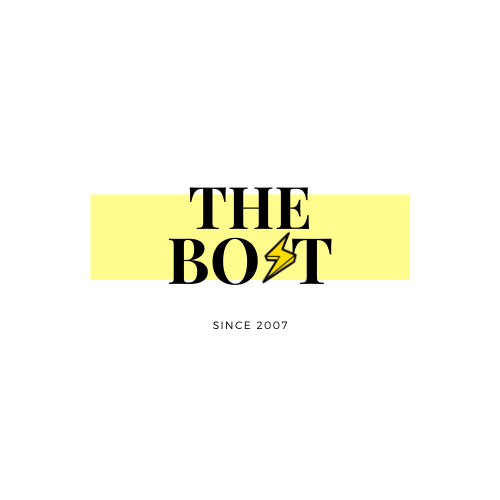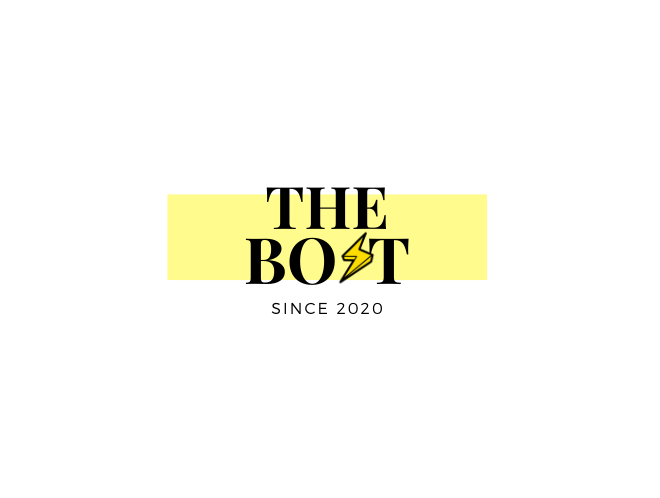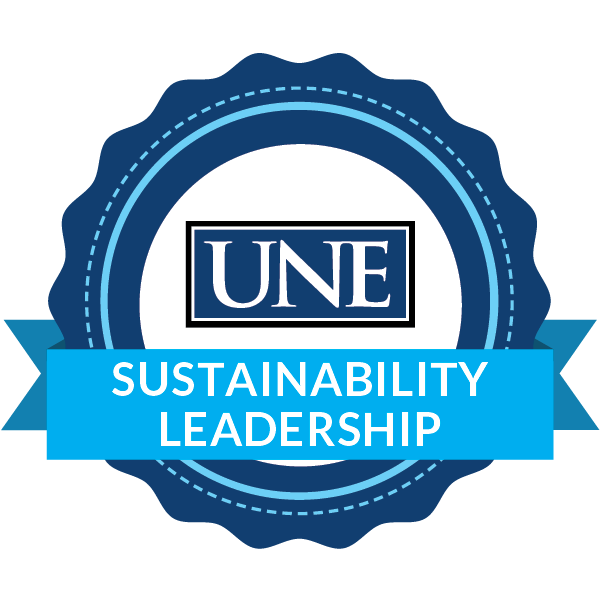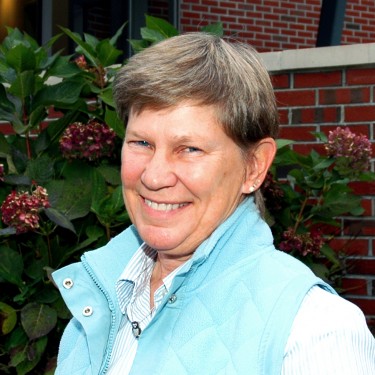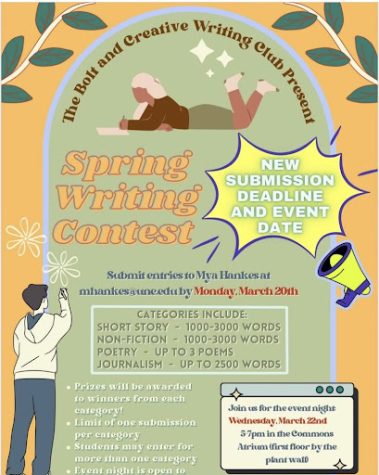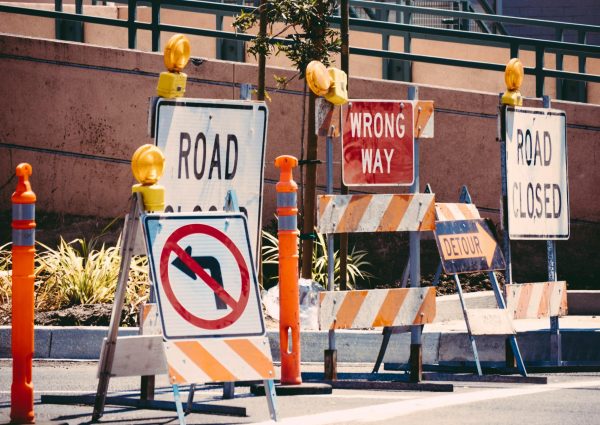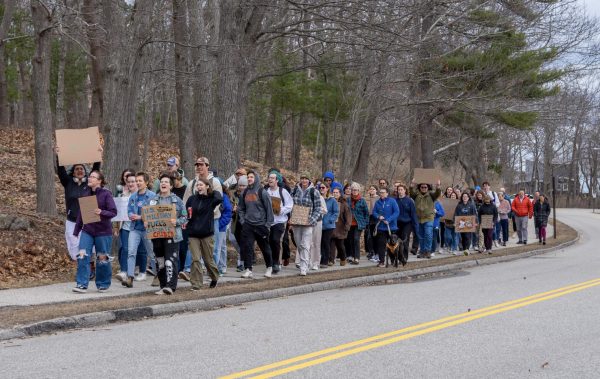University Reduces Its Ecological Footprint by Going Paperless
UNE’s EcoPrint initiative succeeds by nearly cutting paper-use in half while strengthening student and faculty commitment to a healthier planet.
The University of New England saved 400,000 sheets of paper during the 2019 fall semester through its newest EcoPrint initiative according to Eric Kuntz, Director of University Technology.
At the commencement of the 2019 fall semester, students were allotted an individual printing limit of 500 pages. This initiative was intended to reduce the large amounts of paper being used under the former system of unlimited student printing.
As a matter of fact, Kuntz confirms that this new policy was able to reduce paper use by 40-45% of the university’s original consumption. Now, the initiative that originally sparked apprehension from students receives approval after the conclusion of the first semester.
Three years ago, Information Technology Services was put to the task of designing a sustainable program that would decrease the amount of university printing. Kuntz said, they turned to representatives from the student government, libraries, and student services in order to implement an effective, yet fair plan. EcoPrint’s foremost goal was to guarantee that students were able to print all necessary coursework materials while optimally limiting print waste.
“Over the past several years our annual student printing numbers have stayed consistently around 2,000,000 sheets of paper,” said Kuntz. “This equals around 190,000 gallons of waste-water and 111,340 kWh of power to just make this paper.”
While most students over the past three years printed 100-300 sheets per semester, a small minority printed upward to 3,000 sheets per semester. After crunching these figures, Kuntz said the average number of prints per student worked out to equal 450 sheets per semester. This data ultimately helped determine the 500-page, or $37.50 print allowance, per semester that was set as of this year.
“Of the 4,500 accounts that have access to printing services only 37 students used the entirety of their print allowance before the fall term ended. Additionally, only 44 additional students had less than $5.00, or 133 pages, available of their gifted balance at the end of the semester,” said Kuntz.
Third-year environmental studies minor, Amanda Bettencourt, explains that many students feared they would drain their allowance mid-semester, which would have required them to purchase extra pages for five-cents per single-sided sheet or seven-cents per double-sided sheet. This, however, was not a problem for most students, and many were unable to surpass the page limit.
“I never reached the page limit. I used to print out full power-point presentations for class,” said Bettencourt. “It made me really think twice before I printed things out. I like how this change has helped me make better choices for the environment.”
Some students however still felt confined within the print allowance. Second-year neuroscience major, Francesca Asmus, found herself feeling limited by the printing restriction even though she never ran out of prints. Especially considering the print-load that is necessary for science classes such as organic chemistry, she explains that she felt held back at times.
“I didn’t like the fact that my printing was being controlled,” said Asmus. “Even if I needed to print something for a class, I hesitated and felt like I needed to really conserve my prints.”
However, EcoPrint’s ability to cut print waste has also benefitted students in ways that were otherwise not possible without the immense reduction. Kuntz said that renegotiations due to last semester’s results have been made to provide students with cloud-based printing, better onsite support, spare printers in times of technical malfunction, and updated printers.
“The reduction in wasteful and excessive printing has allowed us to replace all of our older printers with new high-capacity Xerox units and expand our printing areas to include an additional 4 kiosks in Biddeford and 1 kiosk in Portland, providing more convenience to the UNE community,” said Kuntz.
While faculty printing has not been limited under this initiative, many are also in favor of its intention, and overall support the elimination of paper waste alongside students. Biology professor, Dr. David Sandmire, attributes majority of his decreased paper-use over the years to the emergence of Blackboard.
“I don’t really create a lot of paper waste these days having Blackboard as a nice vehicle,” said Sandmire. “When you can, go digital.”
Sandmire does not foresee a future that is completely paperless, especially when it comes to administering course exams, but he encourages his students to justify their paper use and only print when necessary and beneficial to learning.
The university will proceed under the current EcoPrint initiative for the remainder of the academic year and delay any further modification to the print limit until more data has been collected.

